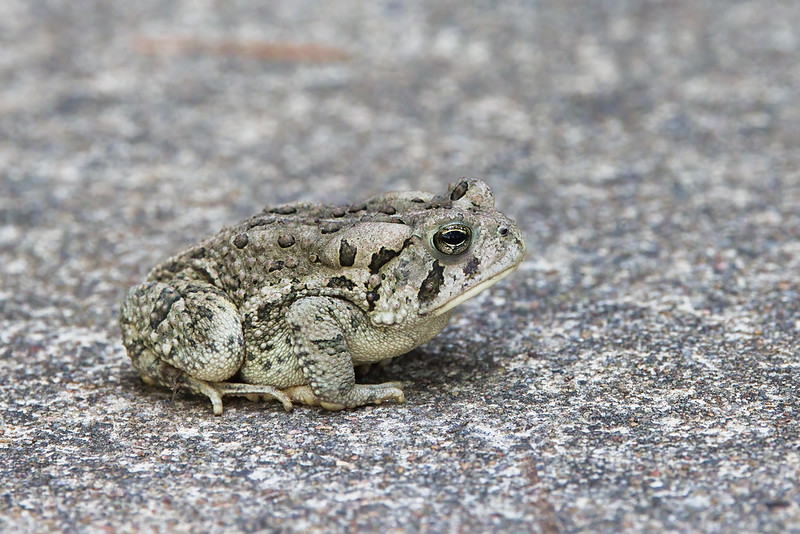If you live in Arkansas, you’ve likely seen a small, brown, or gray warty toad hopping around your yard. This is likely the Fowler’s toad (Anaxyrus fowleri), a common amphibian found throughout the southern and eastern United States.
Though they may seem plain at first, Fowler’s toads have unique traits that make them interesting to observe and photograph.

Distinctive Calls
During spring and summer, male Fowler’s toads fill the night air with their trill-like calls to attract mates. Their calls can turn an Arkansas evening into a natural symphony, making nighttime walks more interesting.
Nocturnal Behavior
Fowler’s toads are active at night. They spend their days hiding in damp, shaded areas. Their colors blend with their surroundings, making them hard to spot during daylight. Once the sun sets, they come out to search for food, water, and mates.
Breeding and Tadpoles
In spring, males call out from near ponds and streams to attract females. After mating, females lay eggs in shallow water. The eggs hatch into tadpoles, which you might spot swimming in local ponds. This phase is crucial to their survival.
Ecological Role
Fowler’s toads eat insects, including mosquitoes. By welcoming them into your yard, you naturally reduce pests without the need for harmful chemicals.
Threats
Fowler’s toads are common but face threats from habitat loss, diseases, and pesticides. Urbanization shrinks their habitats, while pollution and chemicals weaken their populations. Protecting them helps keep the ecosystem balanced.
Create a Toad-Friendly Yard
You can support Fowler’s toads by making your yard more welcoming. Add rocks or logs for them to hide under, and avoid using pesticides. A chemical-free yard is better for both wildlife and people.
Appreciating Fowler’s toads helps you connect with the natural world in Arkansas. Whether it’s their nighttime calls or their role in keeping your yard free of insects, these toads add value to your surroundings. Take a moment to observe them, and consider how your actions can help protect their habitat.
